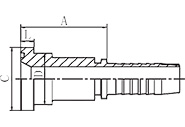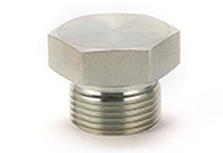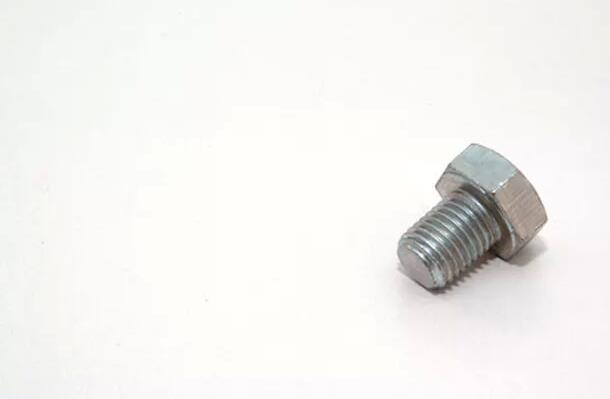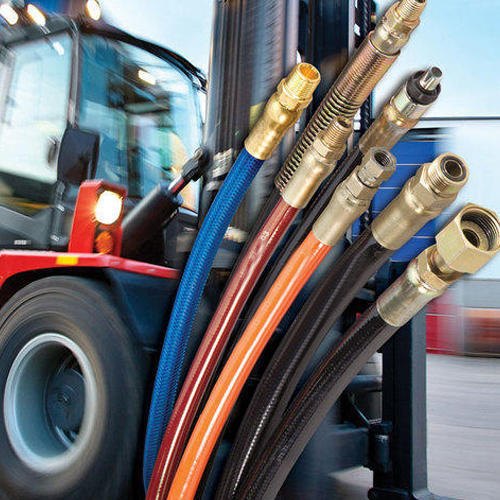What Is the Difference Between SAE & Metric Sockets?
If you’re a first-time homeowner, a car or mechanic enthusiast, or a DIY-er looking to start working on various projects, you probably ended up here trying to decipher what an SAE socket is. This article will arm you with the knowledge on what the difference is between SAE and metric wrenches and sockets, drive sizes of each, along with common SAE socket sizes. You’ll also have a resource to know whether or not SAE and metric are interchangeable, and how you’ll know what size to get depending on what you’re working with. Let’s get started.
First things first, what does SAE exactly stand for? SAE stands for Society of Automotive Engineers. This form of measurement was used primarily on cars made in the USA. This is why more often than not if you’re in the United States, you’re most likely finding wrenches and sockets in SAE sizings. AE sockets are sized in inches and fractions of inches.
SAE & Metric: What’s the Difference?
SAE sockets are sized in inches and fractions of inches. Metric and SAE wrenches have different systems of measurement. Metric sockets and wrenches use the metric measurement system. This is when millimeters are used to describe the size. So you’d get a 20mm wrench in the metric unit of measurement. SAE wrenches use the imperial measurement system, mostly used in the United States, where it’s described using inches, or fractions of an inch. For this, you’d get a 1/3inch wrench or socket.
Typically, SAE sockets and wrenches are used on American-made cars, as mentioned previously, however, when it comes to working on imported cars (assuming you’re in the USA) you’ll most likely be looking for metric units of measurement. Keep reading to find out if you can use either or.
Both the SAE and metric fasteners have six-sided heads that are turned using open-end, boxed or socket wrenches. Socket wrenches have the constant contact with all sides of the bolt head and also have a ratchet system for easier and faster operation in either direction.
Both SAE and metric fasteners have six-sided (hex) heads that are turned using open-end, boxed or socket wrenches. Socket wrenches maintain constant contact with all sides of the bolt head and feature a ratchet system for easier and faster operation in either direction.
One For The Other . . . Sometimes
While there is no precise correlation between SAE fractional and metric measurements, there are many sockets that are close enough in size to be used interchangeably, in some circumstances. For example, 5/16 and 8 mm, 7/16 and 11 mm, 5/8 and 16 mm, 3/4 and 19 mm, 7/8 and 22 mm, and 15/16 and 24 mm.
Pick Both
While car and truck maintenance seems to lead the way on the transition from SAE to metric measurement standards for fasteners, and therefore the sockets used to tighten and loosen them, these same standards are used on virtually all bolt fasteners commonly distributed throughout the world. Many reasonably priced socket wrench sets have both SAE and metric sockets that will cover most repair bases.
If you have any questions about our SAE fittings and Metric fittings , please contact to our sales team: https://www.pehelhydraulic.com/contact.html













